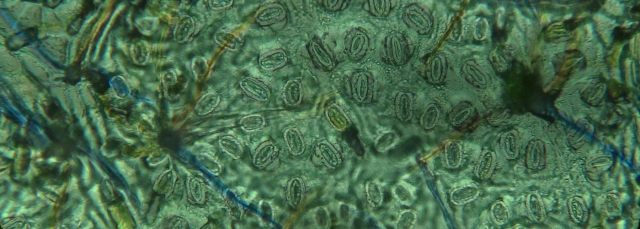Areas of Study

We track individual plants over time to learn about life-history patterns. We aim to gather demographic data for species where understanding annual shifts will inform land management. With this scientifically robust data, we inform land management decisions, furthering the opportunity to protect sensitive species.
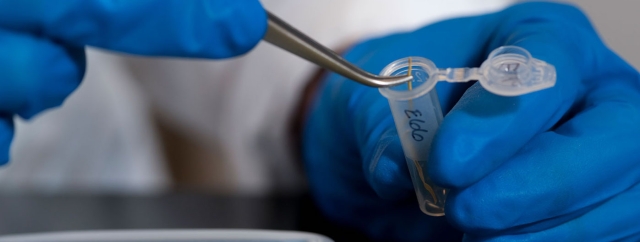
Through the use of conservation genetic tools, former graduate student Joe Statwick determined that Astragalus linifolius and A. rafaelensisare not two distinct species, as was once thought. Following his work, these two species will be subsumed into one, A. rafaelensis. This results in a more widespread species than was once thought, lessening the need for conservation action.
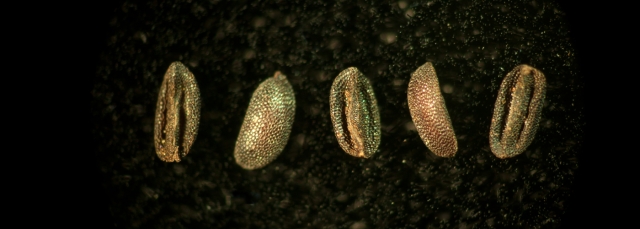
In partnership with the Center for Plant Conservation, we collect seed of our rarest species for ex-situ– or out of habitat – conservation. Seed are either stored off-site for future research and restoration needs or used on-site in germination experiments. Germination experiments allow us to document optimal conditions for growing these rare species.
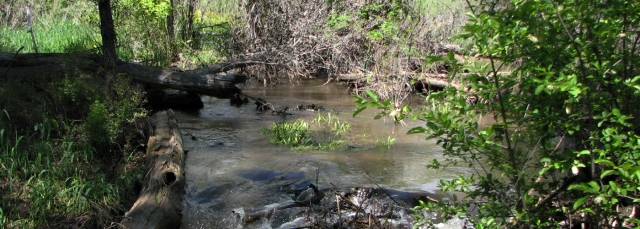
We aim to improve habitat quality and conserve and restore the biodiversity of wildlands through weed control, active ecological restoration, experimentation and long-term monitoring. We also work to increase public awareness of the importance of restoration. One active project improves hydrology and plant diversity along the Deer Creek riparian corridor at Chatfield Farms.
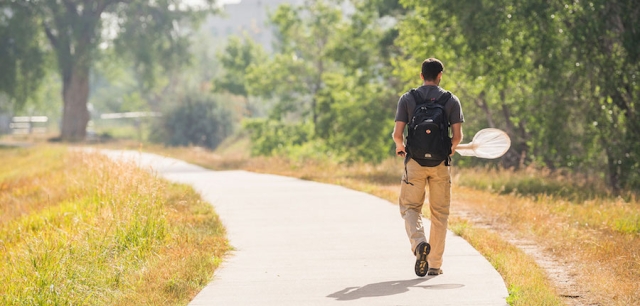
As more people live in cities, understanding and maintaining ecological function in urban green spaces is paramount. To this end, we document biodiversity and answer applied ecological questions in our urban backyard along Colorado’s Front Range.
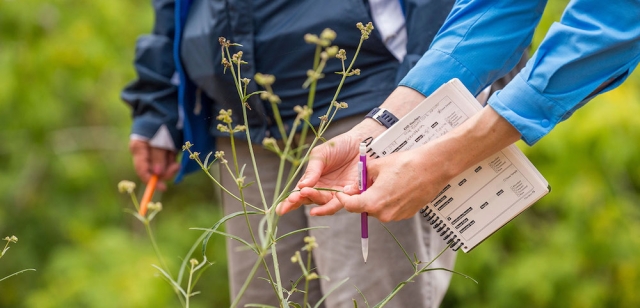
We conduct botanical surveys to learn about the composition and distribution of plant species in a geographic area, allowing us to provide valuable information for landowners to manage their lands. We’ve documented much of Colorado’s plant diversity as specimens in the Kathryn Kalmbach Herbarium of Vascular Plants.
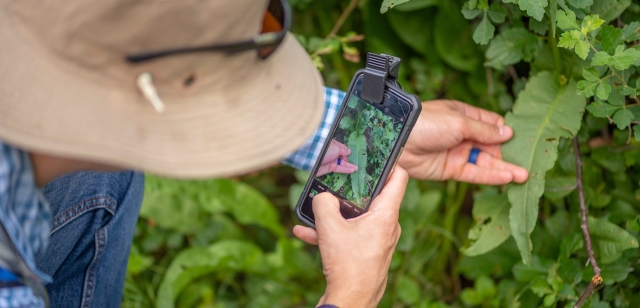
The community science approach joins professional researchers and community members to co-create research questions, collect data and analyze results.

Through careful documentation and study of regional macrofungi, we discover and describe new species and genera. These discoveries further our understanding of species’ numbers, relatedness and distribution within the Southern Rocky Mountain Region. We’ve documented many species of fungi as specimens in the Sam Mitchel Herbarium of Fungi.
